National Parks
Glacier National Park Camping | Survival Life National Park Series
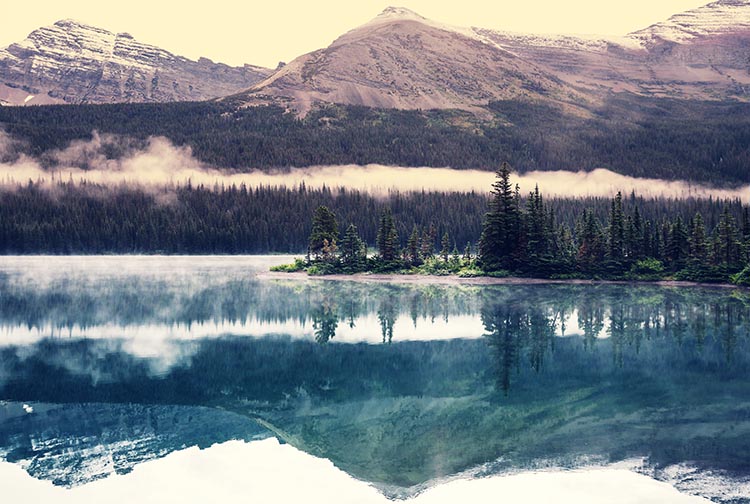
One of Our Most Enchanting National Parks
Thinking about a Glacier National Park camping trip? What are you waiting for?
Glacier National Park in Montana is truly one of the most beautiful places in the US. And with a variety of activities from hiking and biking to whitewater rafting and fly fishing, you're sure to find something exciting to do. Read on to learn more about this gorgeous national park.
This man is on his way to becoming the youngest person to visit all 400+ national parks. #nationalparksweek https://t.co/7ZX3oNvSEi
— Survival Life (@SurvivalLF) April 21, 2016
About Glacier National Park: Quick Facts
Established May 11, 1910 Established as an International Biosphere Resereve in 1974 Home to 762 lakes and 175 mountains
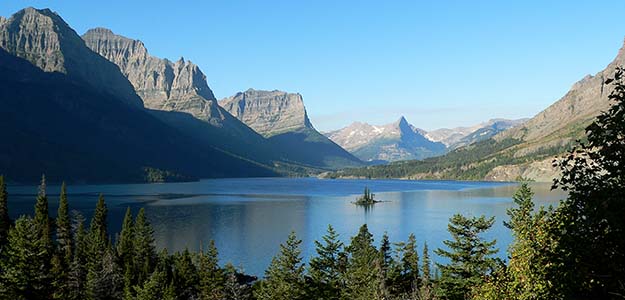
St. Mary Lake (image via)
Land area of 1,583 square miles Highest peak is Mt. Cleveland at 10,448 feet
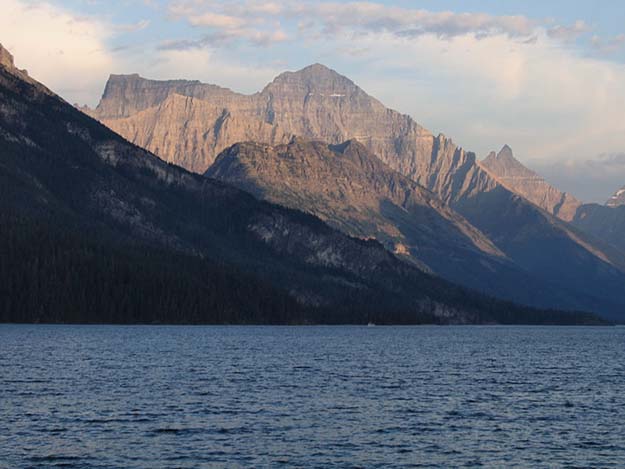
(Image via)
Home to 24 fish, 68 animal, 277 bird and over 2000 plant species Largest lake is Lake McDonald — over 10 miles long and 1 mile wide
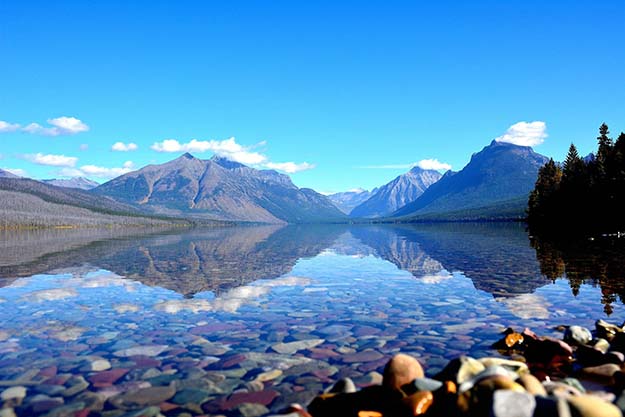
(Image via)
Surrounded by the Flathead Indian Reservation to the west and south, Blackfeet Indian Reservation to the east, and Canada to the north Largest glacier in the park is Blackfoot Glacier, which measures 7 square miles and can be seen from miles away Over 2 million visitors each year
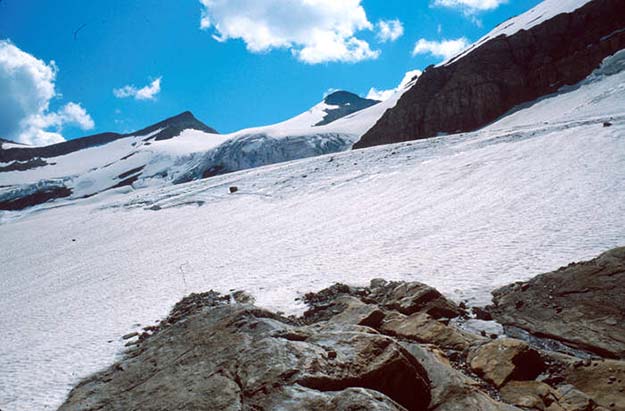
(Image via)
Preparing for a Glacier National Park Camping Trip
With its volatile weather patterns and variety of activities, preparing for a Glacier camping trip can be a challenge. Make sure you've got all your bases covered by checking out our guide below.
Weather
Sunrise is at 7:15 these days. When is the last time you caught the sunrise in the park? Thanks to @organikeith for this great shot! 📸👍🏻 #GlacierNPS A photo posted by Glacier National Park (@glaciernps) on
Glacier's geography, straddling the Continental Divide, sets the stage for clashes of two very different climates. Warm, wet Pacific air moves in from the west, and cold dry Arctic air from the northeast. They meet at the Divide. In the driest corners of the park, along the northeast and northwest edges, rainfall averages 23 inches a year, while in the lowlands of the west side, about 30 inches of precipitation fall in the average year. As moist air is forced up to the elevations of the Divide, it loses its moisture and precipitation jumps to 100 inches or more in isolated mountain cirques. Snowfall settles to around a 16-foot average snowpack. Early summer snow removal on the Going-to-the-Sun Road, which crosses the Continental Divide, is so spectacular it has become a spectator sport. (Source)
Campers should always check the forecast and pack for a variety of weather conditions.
Safety
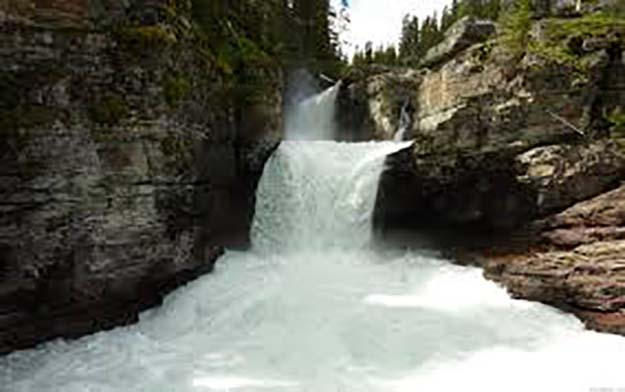
(Image via)
Water is the number one cause of fatalities in Glacier National Park. Please use extreme caution near water. Swift, cold glacial streams and rivers, moss-covered rocks, and slippery logs all present dangers. Children, photographers, boaters, rafters, swimmers, and fishermen have fallen victim to these rapid, frigid streams and deep glacial lakes. Avoid wading in or fording swift streams. Never walk, play, or climb on slippery rocks and logs, especially around waterfalls. When boating, don't stand up or lean over the side, and always wear a lifejacket.
Click here to read more about water safety in Glacier National Park.
Visitors should also exercise caution in the park's mountainous terrain, as snowfall and glaciers can present serious hazards.
Cellular Coverage
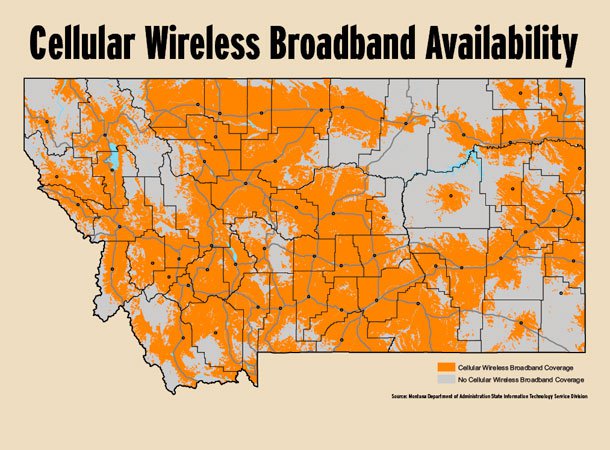
(Image via)
Areas where visitors will find cell reception include West Glacier up to Apgar Village in the Lake McDonald Valley and St. Mary, but the reception greatly diminishes a mile away from these locations when venturing further into the park. Visitors should not expect any reception in the North Fork,Goat Haunt, Many Glacier, Two Medicine, Logan Pass, or anywhere deep within Glacier's backcountry. Even along Highway 2 on the southern edge of the park, there is no cell reception. (Source)
Campgrounds
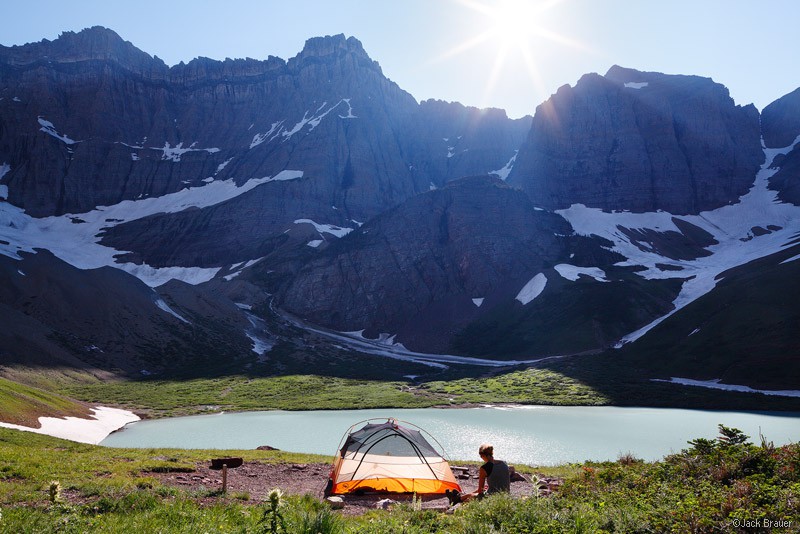
(Image via)
Glacier National Park boasts 13 campgrounds. Some are first-come-first-serve, while others allow reservations. Click here for a full list, and click on each individual campground's name for more information.
Wildlife
Glacier is home to both black and grizzly bears, along with mountain lions, wolves, bobcats, elk, moose and other large wildlife. Visitors should avoid feeding, harassing or getting too close to the wildlife, and should also familiarize themselves with what to do in an animal attack.
Pets
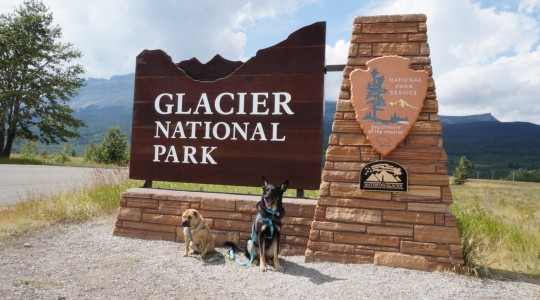
(Image via)
All areas are closed to pets except in developed areas, frontcountry campsites and picnic areas, along roads open to motor vehicles, and in vessels on lakes where motorized watercraft are permitted. Pets must be on a leash no longer than six feet, under physical Pets restraint, or caged at all times. Pets are not to be left tied to an object when unattended. Pet owners must pick up after their pets and dispose of waste in a trash receptacle. Owners must not allow a pet to make noise that is unreasonable. (Source)
What to Do in Glacier National Park
1. Going To The Sun Road
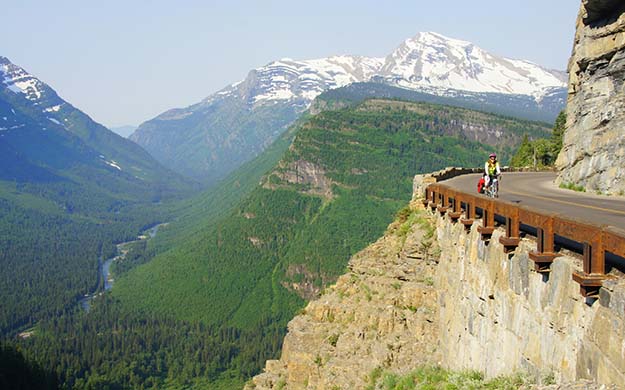
(image via)
One of the most amazing highlights of Glacier National Park is a drive on the Going-to-the-Sun Road. This engineering marvel spans 50 miles through the park's wild interior, winding around mountainsides and treating visitors to some of the best sights in northwest Montana. (Source)
2. Logan Pass
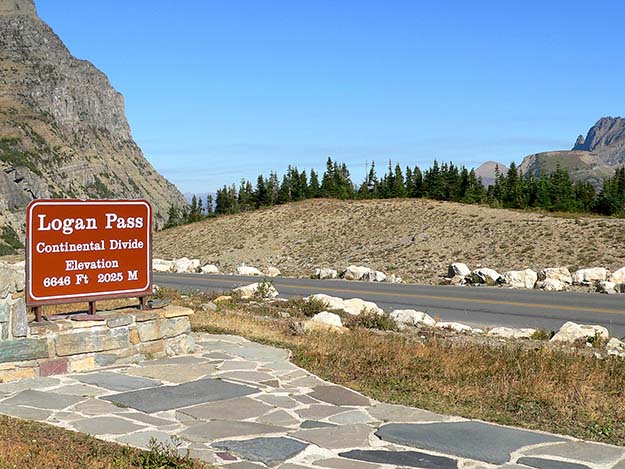
(image via)
At Logan Pass, Reynolds Mtn and Clements Mountain tower over fields of wildflowers that carpet the ground throughout the summer. Waves of yellow glacier lilies pushing up through the snow are quickly replaced by a variety of alpine plants adapted to this harsh, but spectacularly beautiful, habitat. Mountain goats, bighorn sheep, and the occasional grizzly bear lumbering through the meadows offer spectacular wildlife viewing opportunities. (Source)
3. St. Mary Falls/Virginia Falls
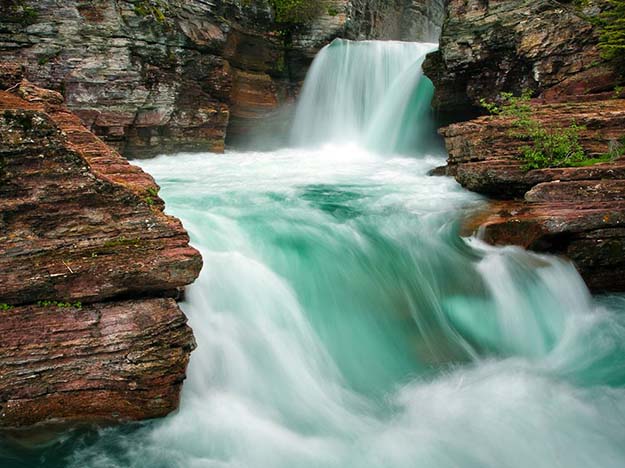
(image via)
Shortly after passing St. Mary Falls the trail begins following Virginia Creek. In between St. Mary and Virginia Falls are two very impressive series of cascades and waterfalls, both of which would be notable destinations in and of themselves. However, being located between two absolutely spectacular waterfalls, the relative aesthetic quality of the two unnamed falls may be somewhat diminished. That being said, however, they're still well worth a stop. (Source)
4. Trail of the Cedars
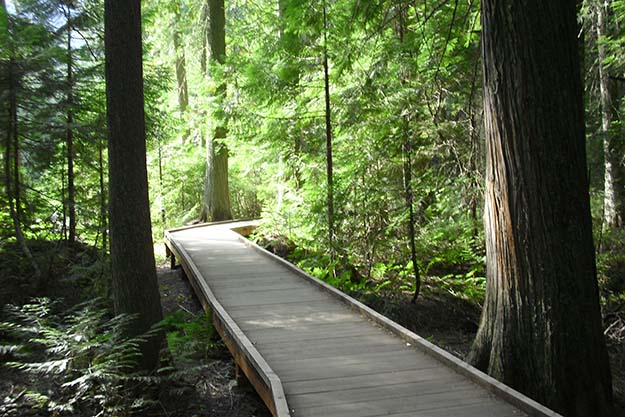
(image via)
The Trail of the Cedars is less than a mile long, but we are confident that it will make a lasting impression on you. You will see ancient trees, as well as the famous Avalanche Gorge that runs through this wonderland of old growth forest. The Trail of the Cedars is located about 6 miles east of Lake McDonald Lodge, along the Going-to-the-Sun Road. (Source)
5. Grinnell Glacier Trail
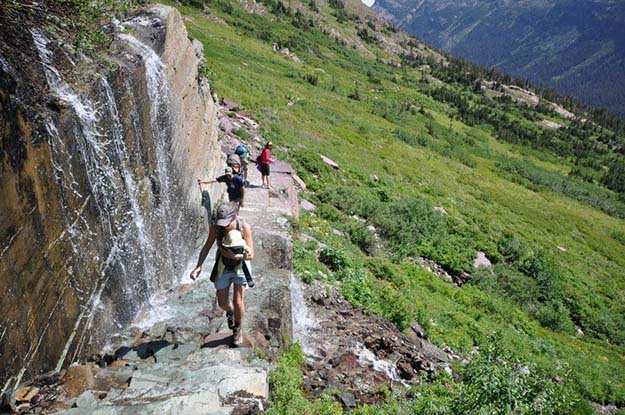
(image via)
The Grinnell Glacier Trail is one of the most scenic hikes in Glacier National Parks. When hiking the Grinnell Glacier Trail, a hiker will pass by crystal clear mountain lakes, towering mountains and will have the unique opportunity to stand on a glacier if one chooses. The trail runs for 6 miles and has a vertical gain of 1600 feet. The first two miles of the trail are essentially flat. Beyond that, the trail has a gradual incline up to its end. The trail ends at Upper Grinnell Lake and Grinnell Glacier at the base of the continental divide. (Source)
6. Two Medicine Area
Two Medicine was looking pretty righteous this past weekend. Thanks to @darvoh for sharing his shot with us! #GlacierNPS A photo posted by Glacier National Park (@glaciernps) on
Before the Going-to-the-Sun Road was constructed, Two Medicine was a primary destination for travelers arriving by train. After spending a night at Glacier Park Lodge, visitors climbed on horseback to travel to Two Medicine for a night in one of several rustic chalets or canvas tipis built by the Great Northern Railway. From Two Medicine, a system of backcountry tent camps and chalets within the park allowed these adventurous visitors to live in Glacier's wild interior. (Source)
7. Ptarmigan Tunnel
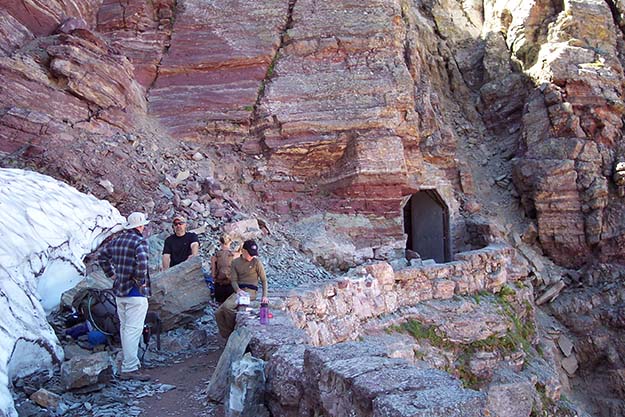
(Image via)
The Ptarmigan Tunnel Trail (officially called the Iceberg Lake Trail on this section of the hike) in Glacier National Park climbs quite abruptly for the first half mile or so, then levels off, so don't panic this first half mile… but it will get you attention that's for sure! The trail will then gradually work its way around the south base of the towering Mount Henkel, which is above you directly to the north. Look for bighorn sheep, black bear and grizzly bears on this open slope above you. You may also see a moose below you (left) in the willows and pines above Wilbur Creek. And during certain times of the season, this open slope will be covered in wildflowers, whether it be bear grass or several of the other common wildflowers in the area, such as Lupine, Mountain Asters, etc. (Source)
8. Jackson Glacier Overlook
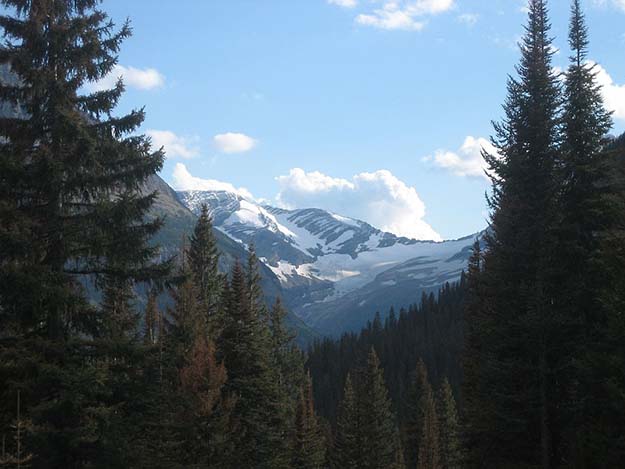
(image via)
Jackson Glacier is approximately the seventh largest of the remaining 25 glaciers in Glacier National Park located in the US state of Montana. A part of the largest grouping of glaciers in the park, Jackson Glacier rests on the north side of Mount Jackson. The glacier was most recently measured in 2005 at 250 acres (1.0 km2), yet when first documented in 1850, the glacier also included the now separate Blackfoot Glacier and together, they covered 1,875 acres (7.59 km2). Between 1966 and 2005, Jackson Glacier lost almost a third of its acreage. When the two glaciers were united prior to their separation sometime before 1929, they were known simply as Blackfoot Glacier. (Source)
Want to know more about Glacier National Park? Check out the video below!
To tour the rest of our nation’s national parks, check out the rest of our National Park Series.
-

 Paracord Projects1 year ago
Paracord Projects1 year agoParacord Projects | 36 Cool Paracord Ideas For Your Paracord Survival Projects
-

 Paracord Projects1 year ago
Paracord Projects1 year agoHow To Make Paracord Survival Bracelets | DIY Survival Prepping
-

 Medical Care1 year ago
Medical Care1 year ago21 Home Remedies For Toothache Pain Relief
-

 Knife Laws1 year ago
Knife Laws1 year agoAre Switchblades Legal? Knife Laws By State
-

 Do It Yourself1 year ago
Do It Yourself1 year agoSurvival DIY: How To Melt Aluminum Cans For Casting






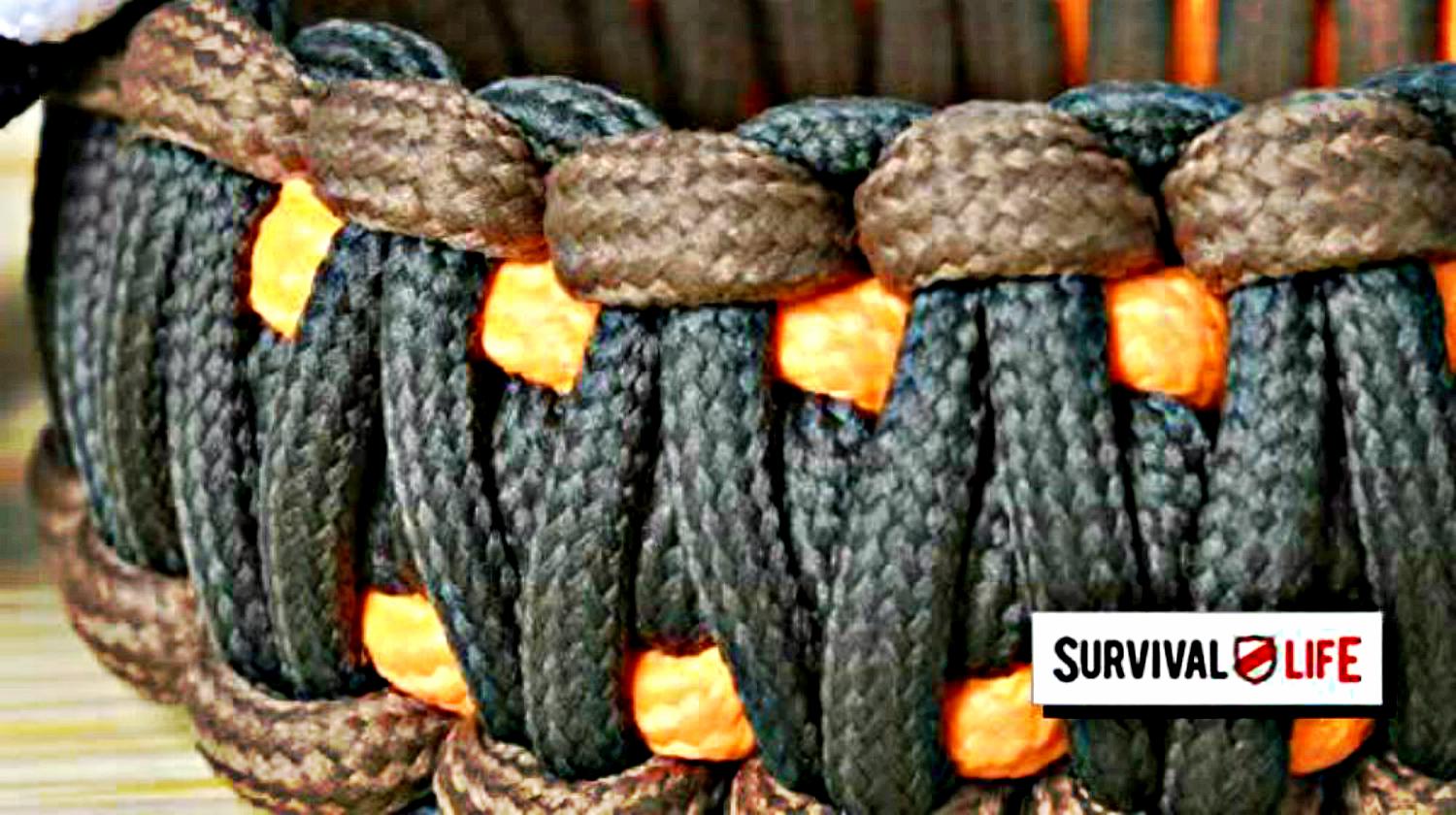



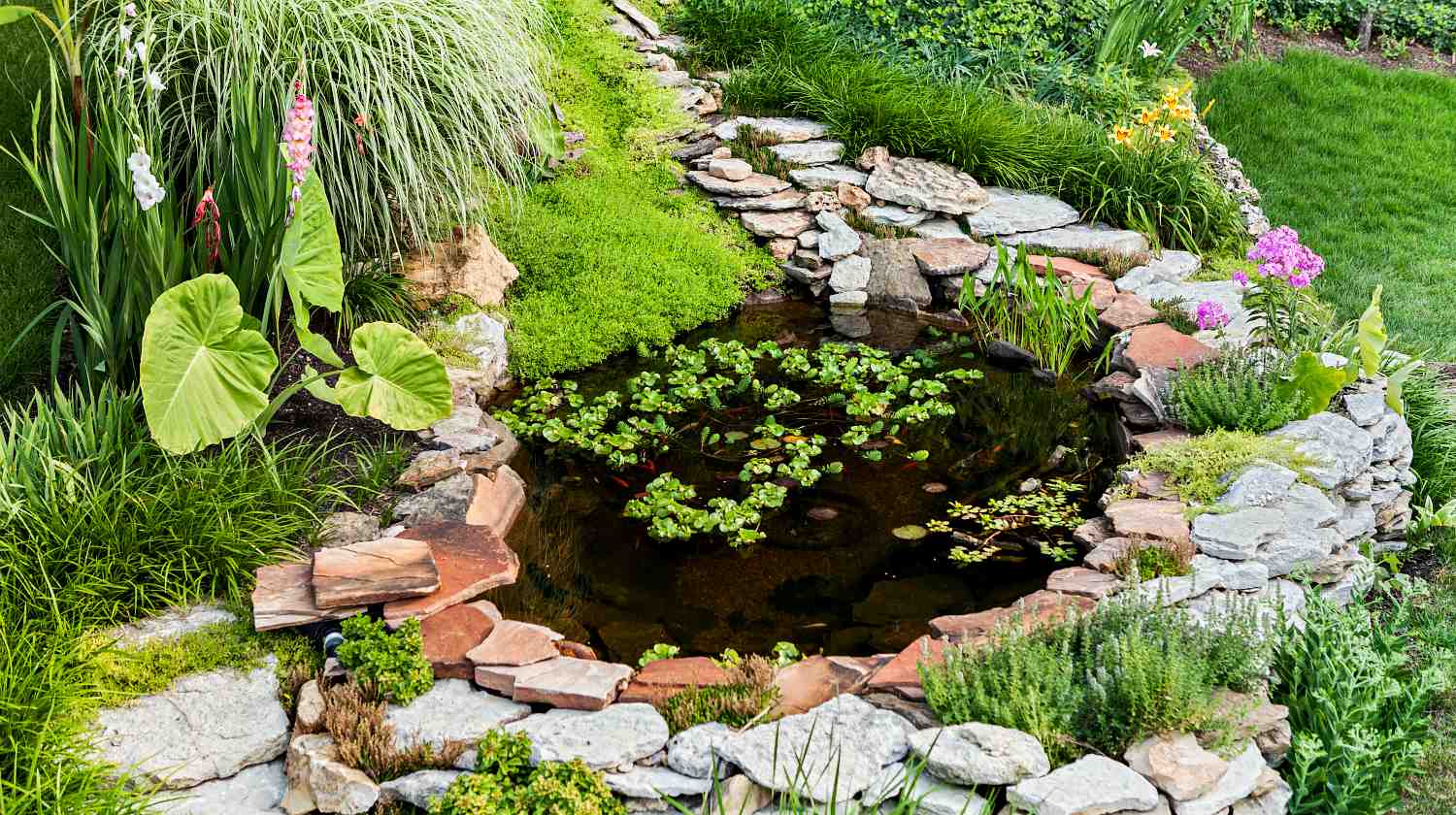
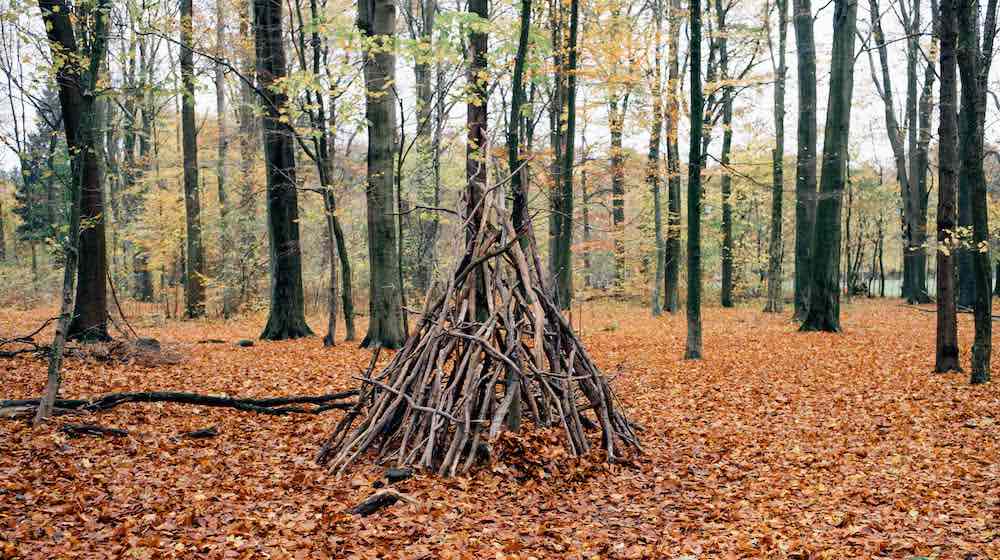


Pingback: Best Campgrounds in Montana | Survival Life